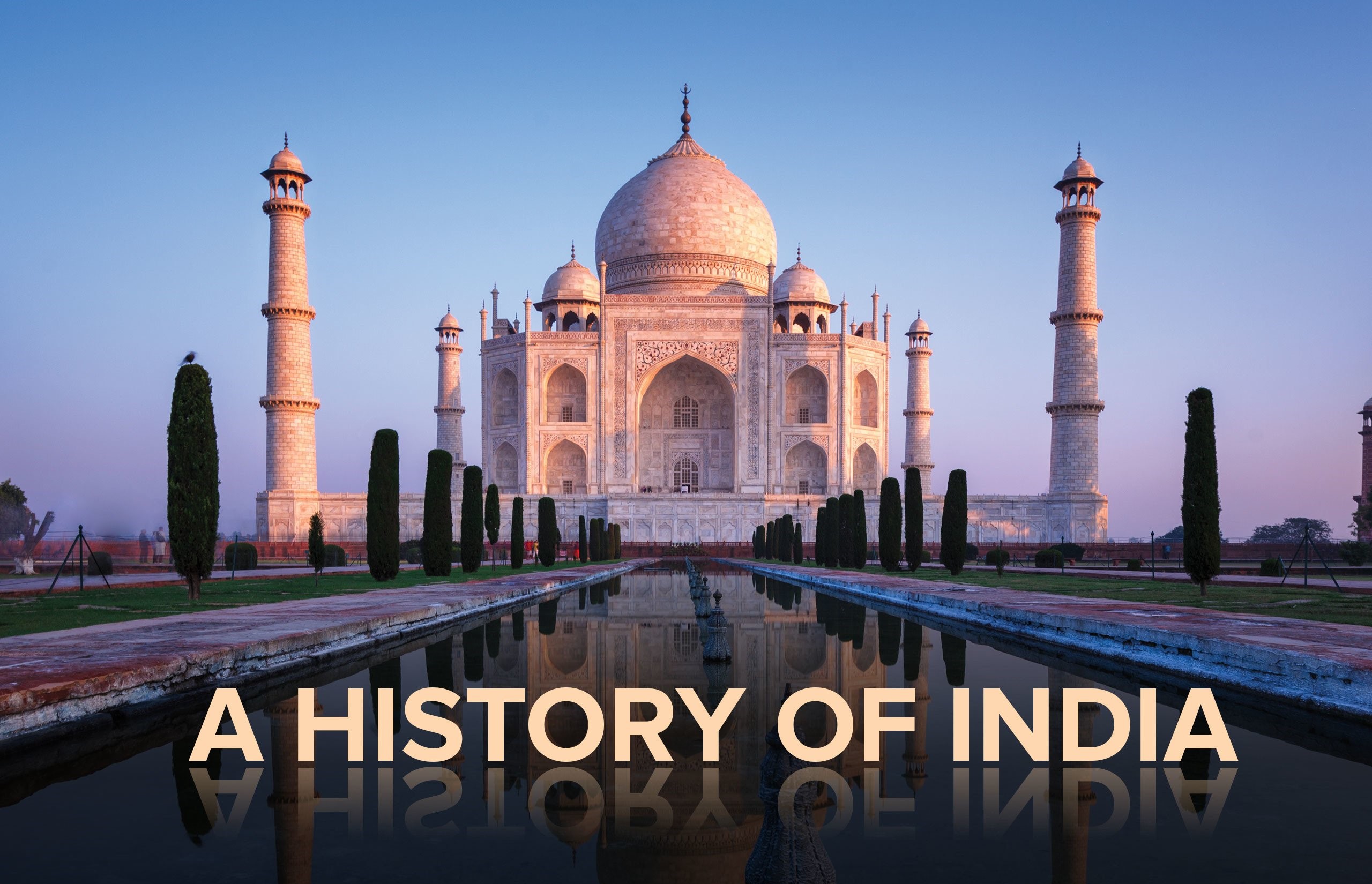| 1915 |
Arrived in Bombay (India) on 9 Jan, 1915; Foundation of Satyagraha Ashramaat at Kocharab near Ahmedabad (20 May); In 1917, Ashrama shifted at the banks of Sabarmati; All India tour. |
| 1916 |
Abstain from active polities (through he attended Lucknow session of INC held in 26 - 30 Dec., 1916, where Raj Kumar Shukla, a cultivator from Bihar, requested him to come to Champaran.) |
| 1917 |
Gandhi entered active politics Champaran campaign to redress grievances he cultivators oppressed by Indigo planters of Bihar (April 1917). Champaran Satyagraha was his first Civil Disobedience Movement in India. |
| 1918 |
In Feb. 1918, Gandhi launched the struggle in Ahmedabad which involved industrial workers. Hunger strike as a weapon was used for the first time by Gandhi during Ahmedabad struggle. In March 1918, Gandhi worked for peasants of Kheda in Gujarat who were facing difficulties in Paying the rent owing to failure of crops.
Kheda Satyagraha was his first Non-Cooperation Movement |
| 1919 |
Gandhi gave a call for Satyagraha against the Rowlatt Acton April 6, 1919 and movement for the first time (First all-India Political Movement), Gandhi returns Kaisar-i-Hind gold medal as a protest against Jallianwala Bagh massacre April 13,1919; The All India Khilafat Conference elected Gandhi as its president (Nov. 1919, Delhi) |
| 1920-22 |
Gandhi leads the Non - Cooperation and Khllafat Movement (Aug. 1, 1920-Feb., 1922), Gandhi calls off Movement (Feb. 12, 1922), after the violent incident at Chauri- Chaura on Feb. 5, 1922. Non-Cooperation Movement was the First mass based politics under Gandhi. |
| 1924 |
Belgaum (Karnataka) session of INC-for the first and the last time Gandhi was elected the president of the Congress. |
| 1925-27 |
Gandhi retires from active politics for the first time and devotes himself to 'constructive programme’ of the Congress; Gandhi resumes active politics in 1927. |
| 1930-34 |
Gandhi launches the Civil Disobedience Movement with his Dandi march / Salt Satyagraha (First Phase : March 12,1930-March5,1931; Gandhi – lrwin Pact : March 5, 1931; Gandhi attends the Second Round Table Conference in London as sole representative of the Congress : Sep. 7 - Dec. 1,1931; Second Phase : Jan. 3,1932 -April 17,1934) |
| 1934-39 |
Gandhi retires from active politics, sets up Seva gram (Vardha Ashram). |
| 1939 |
Gandhi resumes active politics. |
| 1940-41 |
Gandhi launches Individual Satyagraha Movement. |
| 1942 |
Call to Quit India Movement for which Gandhi raised the slogan, 'Do or Did (We shall either free India or die in the attempt), Gandhi and all Congress leaders arrested (Aug. 9,1942). |
| 1942-44 |
Gandhi kept in detention at the Aga Khan Palace, near Pune (Aug. 9, 1942-May, 1944), Gandhi lost his wife Kasturba (Feb. 22,1944) and private secretary Mahadev Desai; this was Gandhi's last prison term. |
| 1945 |
Gandhi's influence on the congress wanes perceptively after 1945. |
| 1946 |
Deeply distressed by the orgy of communal violence, as a result Muslim League's Direct Action call, Gandhi travelled to Noakhali (East Bengal – now Bangladesh ) and later on to Calcutta to restore communal peace. |
| 1947 |
Gandhi, deeply distressed by the Mountbatten Plan /Partition Plan (June 3,1947), while staying in Calcutta to restore communal violence, observes complete silence on the dawn of India's Independence (Aug. 15, 1947). Gandhi returns to Delhi (Sep. 1947)
|
| 1948 |
Gandhi was shot dead by Nathu Ram Godse, a member of RSS, while on his way to the evening prayer meeting at Birla House, New Delhi (Jan. 30,1948). He died, with 'Hey Ram' on his lips. |
